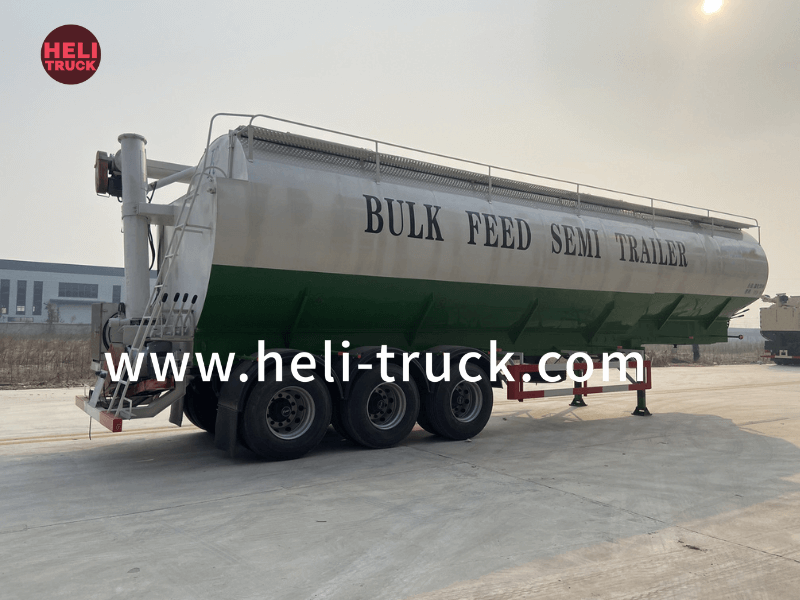The Power Behind Garbage Compactor Trucks A Comprehensive Guide to Hydraulic Systems
Introduction
Garbage compactor trucks play a crucial role in waste management by collecting and compacting solid waste efficiently and effectively. One of the key components that make these trucks work seamlessly is their hydraulic system. In this comprehensive guide, we will delve into the intricate workings of garbage compactor truck hydraulic systems, exploring their design, components, operation, maintenance, and importance in the waste management industry.
1. Understanding the Basics of Hydraulic Systems
Hydraulic systems are widely used in various industries due to their ability to generate and transmit power using fluids. In the case of garbage compactor trucks, hydraulic systems are responsible for powering the compaction mechanism that compresses the collected waste. These systems utilize hydraulic fluid, pumps, cylinders, valves, and other components to create the force needed for compacting waste efficiently.
2. Components of a Garbage Compactor Truck Hydraulic System
a. Hydraulic Fluid: The hydraulic fluid serves as the medium through which power is transmitted in the system. It is crucial for lubrication, heat dissipation, and maintaining pressure within the system.
b. Hydraulic Pump: The pump is responsible for converting mechanical energy into hydraulic energy by creating fluid flow and pressure. It is typically driven by the truck's engine.
c. Hydraulic Cylinders: Cylinders are the actuators that convert fluid power into linear mechanical force. In garbage compactor trucks, cylinders are used to move the compaction blade or plate to compress the waste.
d. Control Valves: Valves regulate the flow and direction of hydraulic fluid within the system. They play a crucial role in controlling the speed and force of the compaction process.
e. Hydraulic Hoses and Fittings: These components connect the various parts of the hydraulic system, allowing for the transmission of fluid under pressure.
3. Operation of a Garbage Compactor Truck Hydraulic System
When a garbage compactor truck is in operation, the hydraulic system is engaged to power the compaction mechanism. The process typically involves the following steps:
a. The driver activates the compaction system from inside the cab.
b. The hydraulic pump pressurizes the hydraulic fluid, which is then directed to the hydraulic cylinders.
c. The cylinders extend or retract, depending on the desired movement, pushing the compaction blade or plate to compress the waste.
d. The control valves regulate the flow of hydraulic fluid to control the speed and force of the compaction process.
e. Once the compaction is complete, the system is depressurized, and the waste is ready for disposal.
4. Importance of Hydraulic Systems in Garbage Compactor Trucks
Hydraulic systems are essential for the efficient operation of garbage compactor trucks for several reasons:
a. Power and Efficiency: Hydraulic systems provide the high force necessary to compact solid waste effectively, reducing the volume and optimizing the truck's capacity.
b. Control and Precision: The use of hydraulic control valves allows operators to adjust the speed and force of the compaction process, ensuring optimal performance.
c. Reliability: Hydraulic systems are known for their durability and reliability, making them ideal for heavy-duty applications like waste management.

d. Safety: Properly maintained hydraulic systems contribute to the safe operation of garbage compactor trucks, reducing the risk of malfunctions or accidents.
5. Maintenance of Garbage Compactor Truck Hydraulic Systems
To ensure the smooth and reliable operation of hydraulic systems in garbage compactor trucks, regular maintenance is essential. Some key maintenance tasks include:
a. Routine Inspections: Regularly inspecting the hydraulic components for signs of wear, leaks, or damage can help identify potential issues before they escalate.
b. Fluid Checks: Monitoring the hydraulic fluid level and condition is crucial for maintaining proper lubrication and performance.
c. Filter Replacements: Changing hydraulic filters at recommended intervals helps prevent contamination and ensures the longevity of the system.
d. Seal Replacements: Damaged or worn seals should be replaced promptly to prevent fluid leaks and maintain system efficiency.
e. Professional Servicing: Periodic servicing by qualified technicians can address any underlying issues and keep the hydraulic system in optimal condition.
6. Future Trends in Garbage Compactor Truck Hydraulic Systems
As technology continues to advance, the waste management industry is witnessing innovations in garbage compactor truck hydraulic systems. Some emerging trends include:
a. Electronic Control Systems: Integration of electronic control systems with hydraulic components for enhanced precision and efficiency.
b. Energy-Efficient Solutions: Development of energy-efficient hydraulic systems that reduce fuel consumption and environmental impact.
c. Remote Monitoring and Diagnostics: Implementation of remote monitoring technologies to track system performance and detect issues proactively.
d. Automation and Robotics: Utilization of automation and robotics to streamline waste collection and compaction processes, improving overall efficiency.
Conclusion
Garbage compactor trucks rely on sophisticated hydraulic systems to power their compaction mechanisms and efficiently manage solid waste. Understanding the components, operation, maintenance, and importance of these hydraulic systems is crucial for ensuring the optimal performance and longevity of garbage compactor trucks in the waste management industry. By staying informed about Refuse compactor truck technology and advancements in hydraulic technology, stakeholders can continue to enhance the efficiency and sustainability of waste collection and disposal processes.